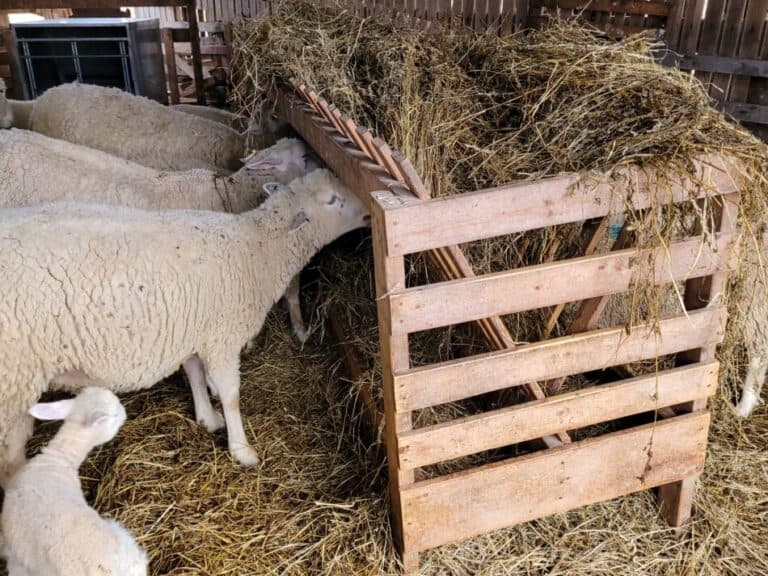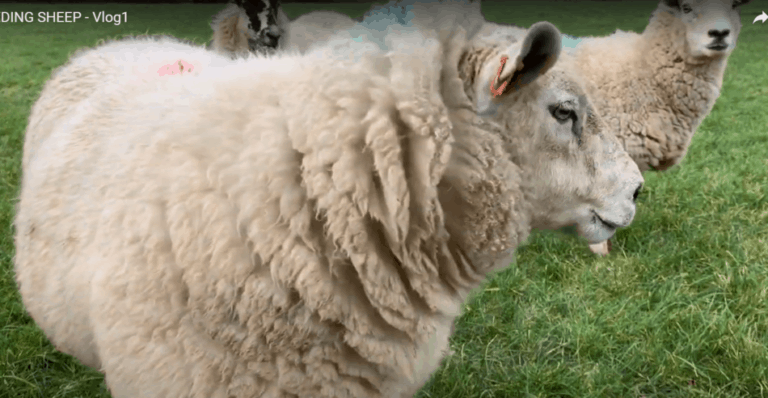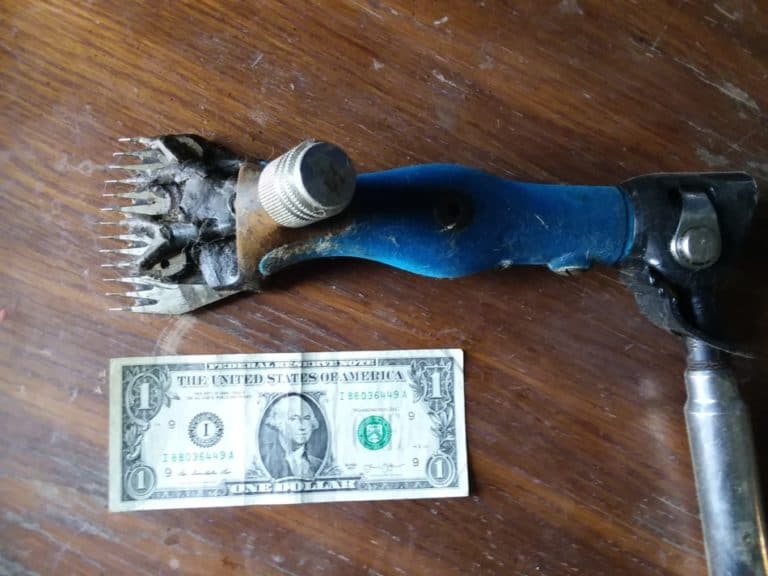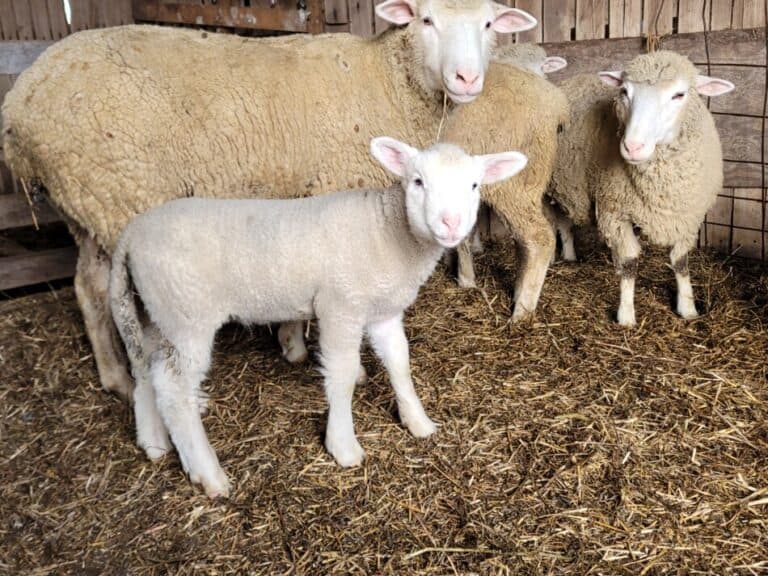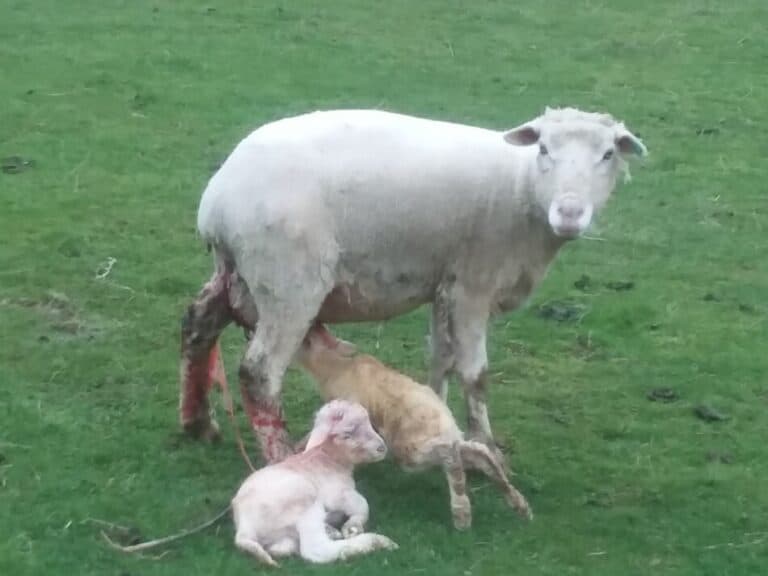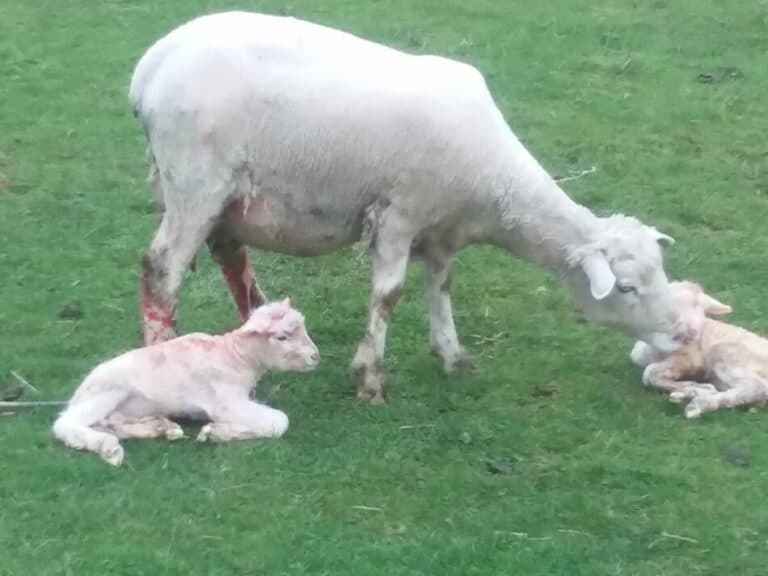Bottle Lamb Problems: Slow Gains And Weaning
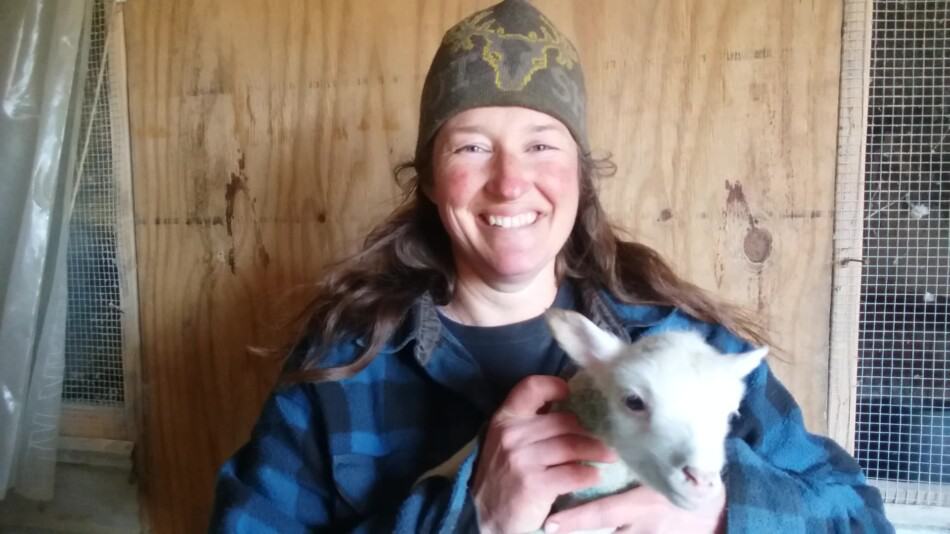
You can successfully raise bottle lambs. It will take some work and planning and, of course, some patience!
How do you make sure the lambs will grow well while being bottle fed and then get them transitioned off the bottle at weaning?
Bottle lambs need lamb milk replacer fed as recommended. As long as the bottle lambs are eating hay and grain and drinking water, they can be weaned at 6 weeks.
Bottle lambs: the cutest little wooly challenge you’ll ever have. If you can make it work, you’ll have saved a lamb that would otherwise be lost.
That’s a win for any shepherd, but it doesn’t come without some work. Let me give you some details on how we handle our bottle lambs.
Sheep Rejects A Lamb goes over your options when you see a ewe and lamb not getting on well together. I know you are probably past this point, but it will serve as information for next year or the few lambs yet to be born.
Is Raising Lambs For Meat Worth It? goes over the things you need to have in your budget to see if raising your own lambs is worth it to you.
Slightly slower gains are not unusual in bottle lambs
Your bottle lambs are going to grow more slowly than lambs that are being raised by their mothers. Even if you do a picture perfect job of bottle feeding.
However, they will grow. We have some “bottle babies” right now that are 4.5-5 months old and looking good. They have been raised inside since bottle feeding began in the spring.
At first they we given grass hay and lamb creep feed and now that they are bigger, we have transitioned them on to haylage and shelled corn.
The group has had water in the pen from the time they started nibbling on the hay.
We just weighed one of these characters tonight and he was 70 pounds. I certainly wouldn’t say that he’s in the top performers category, but he and the other former bottle lambs are doing respectably well.
(Especially when the alternative is to not have these lambs at all.)
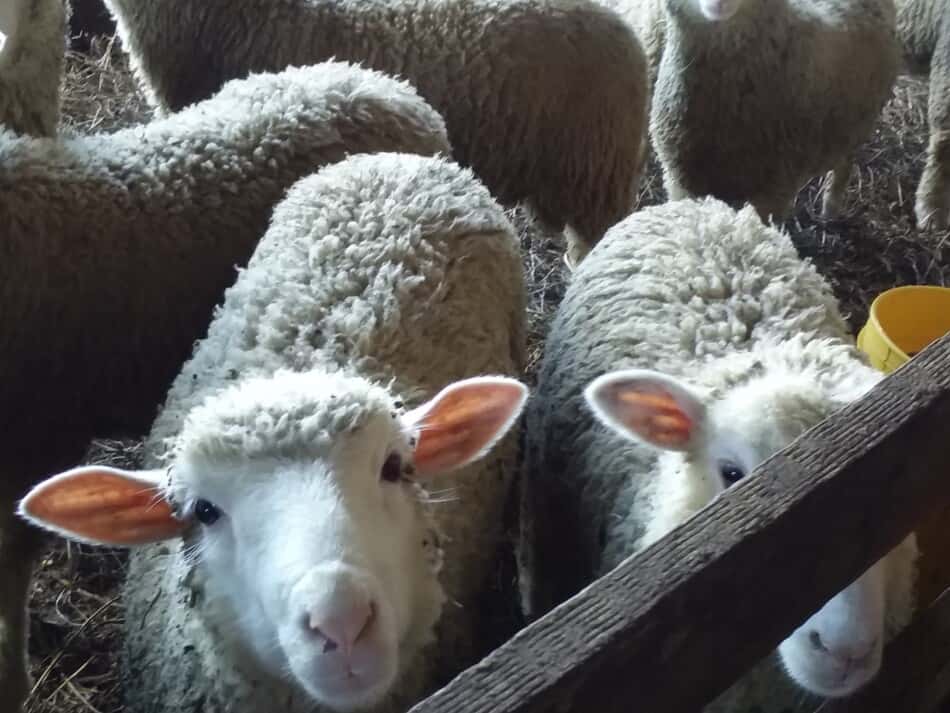
Very slow gaining lambs means you are doing something wrong
If your bottle lambs are not seeming to gain well at all, the first place I would look here is to the milk replacer.
Are you using lamb specific milk replacer? Are you feeding according to the instructions?
I would guess you are hoping for a magic answer here, there isn’t one. The basics work, no razzle dazzle needed.
If you are using the right milk replacer and following the instructions you should get as good of results as your lamb is genetically capable of giving you.
Transitioning bottle lambs to feed and hay
Steps to transition bottle lambs to feed and hay:
- Give them a small amount of very nice hay from the first day
- Refresh the hay frequently
- Once they are eating hay, put in a short bucket of water
- Wait a few days before putting in feed
- Start feeding a small amount of lamb creep feed
Lamb hay should be highly palatable
We keep hay in the pen with the bottle lambs from day one. Make this some nice stuff. You want them to be nibbling around on hay as soon as they get curious enough to do it.
Anytime the hay doesn’t look fresh, change it out.
We used really high quality western alfalfa this year. In the past, we have used a super nice 2nd or 3rd cutting grass or mixed hay. Whichever hay you choose for your bottle lambs, make sure it is top notch.
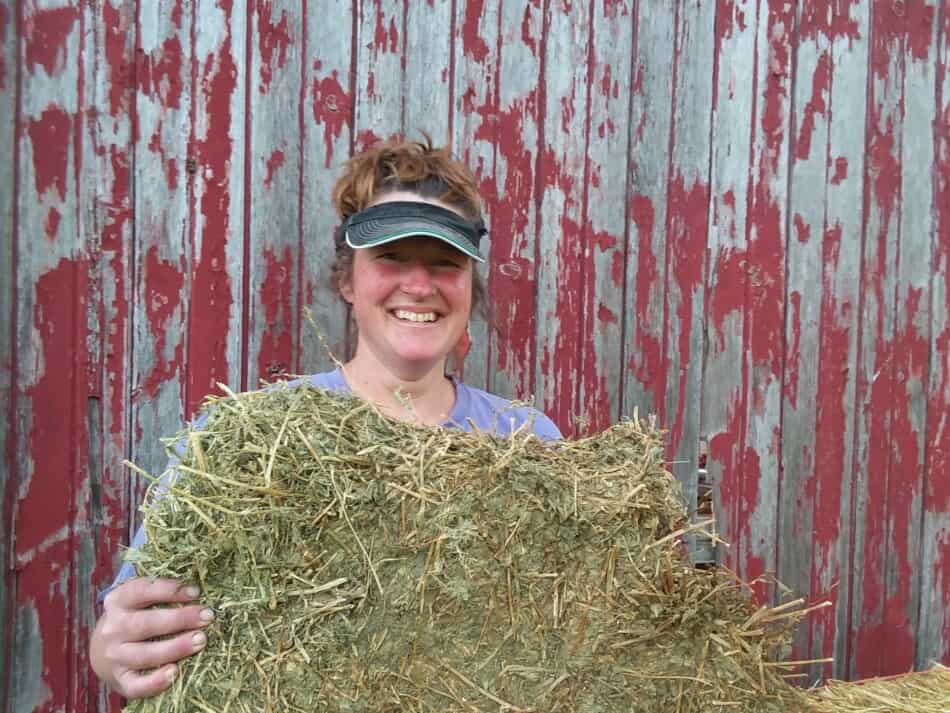
Use a short bucket for lamb watering
Get one of the shorter sided buckets for watering your bottle lambs. Even if they can easily reach the water when the bucket is full, they are too short to reach the water as the bucket empties out.
This is especially true for the more timid lambs. They’ll wait for the others to drink then have a hard time reaching the water that is left in the bucket.
Let the lambs get used to the water bucket
The reason to put in the water then wait a few days before putting in the feed is a bit odd. The lambs may be scared of the bucket.
If you put in feed when the lambs are scared of the bucket how will they get the water they need to go with the creep feed they just ate?
I know that sounds crazy, but sheep survive by staying away from unusual things. These lambs don’t have a mom to show them that the bucket is okay, so they need some time to figure it out for themselves.
You’ll know they are not bothered by the bucket when they stand or lay right beside it. If none of the lambs are anywhere close to the corner with the bucket, they need more time.
Be patient, they’ll start to get curious and check it out in a few days.
Use feed made for lambs
Do your best to find a creep feed made for lambs. An all stock feed or multi species feed will not work for lambs.
If you can’t find a lamb creep feed, use another sheep specific feed.
Weaning bottle lambs at 4-6 weeks
For as long as you are bottle feeding, follow the directions on the bag as to how much milk replacer powder, how much water to add and how often to feed.
Each brand of milk replacer has specific directions based on their formulation. The amounts of milk replacer powder used vary substantially, read the directions on your bag (this can not be overemphasized).
Once you have reached the recommended weaning age you can start to reduce bottle feedings. You can keep feeding the lamb, but it doesn’t need the bottle and all that extra milk replacer will get pricey.
If you did the above step, adding in hay, lamb feed and water to the pen for free choice snacking throughout the day, weaning will be easy.
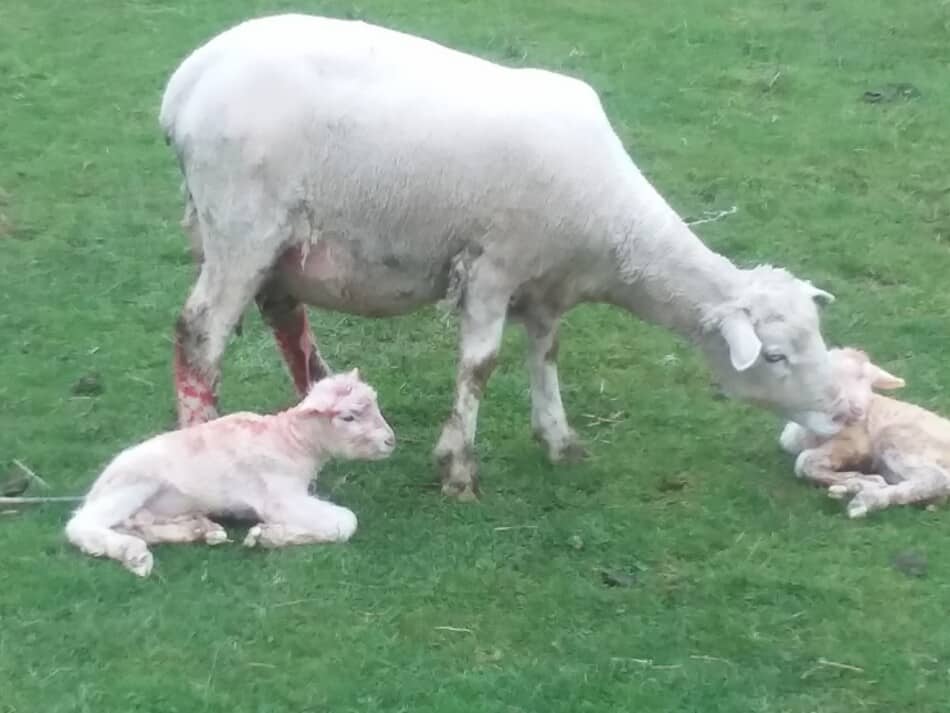
Wean lambs only if they are eating and drinking well
You’ll know the lambs are ready to be weaned when they are eating their hay and drinking water.
To wean, just stop feeding the bottle. Seriously, that’s what we did, worked great. Since your bottle babies are eating and drinking on their own, weaning will be no big deal.
If you didn’t put in the food and water in the pen, put it in there now. Give the lambs a few weeks with the hay, grain and water before attempting to wean them.
Abruptly changing diets, like going from milk only to hay only is a recipe for disaster, don’t do it.
Even if you were late putting in the hay, grain and water, once the lambs are eating and drinking well, they can be gradually weaned.
Bottle Lamb Care is the topic of this Premier 1 newsletter, it has some great ideas and pictures.
Adding the lamb to the rest of the flock
If you just have one bottle lamb, it will get lonely. Try to keep your bottle baby in a pen where it can see the other sheep.
If you want to turn out a single bottle lamb, use caution. Keep the bottle baby by himself until he is very capable, since the other sheep will bully a bottle lamb.
When you decide to turn him out, watch to see how they get along, if the bottle baby gets bumped around too much, take him back out!
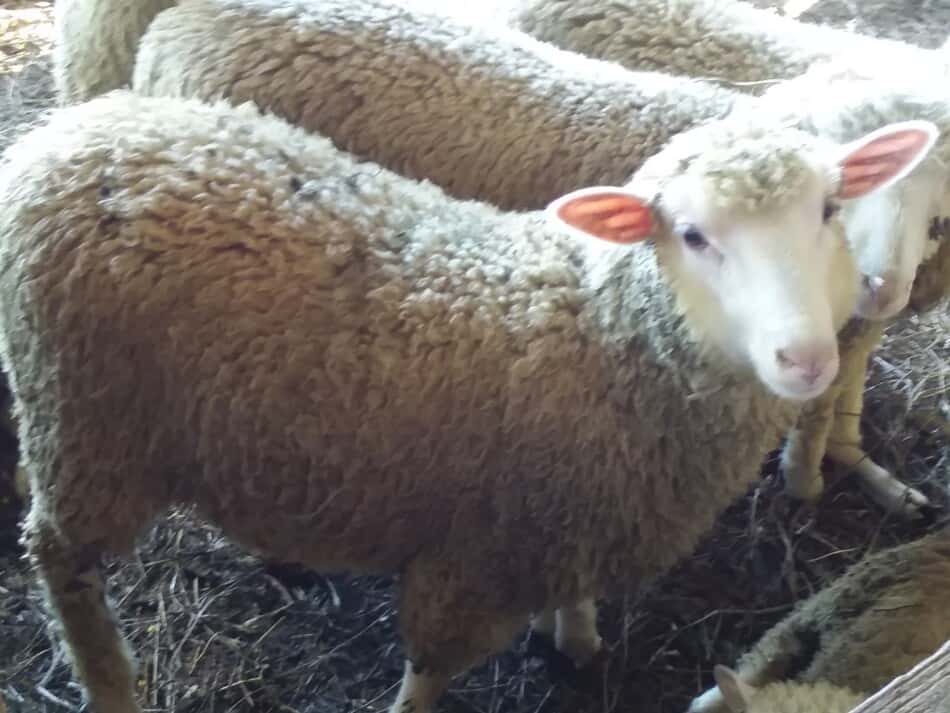
Keep bottle lambs in a separate pen
If you have multiple bottle lambs, keep them inside until they are really growing well. Then give them an area of their own until they are big enough to fend for themselves against the rest of the flock.
We keep ours inside and do not plan to ever put them back out with the rest of the sheep. We don’t want them to backslide.
The exception here would be a lamb that needs occasional bottle supplementation but still stays with the mom in a small pasture next to the barn.
Some ewes just need a bit of time to get more milk flow. This isn’t something we like to do, but I would rather supplement feed for a week or two than find a dead lamb.
Once this lamb stops coming to the fence for the bottle, you know he doesn’t need you anymore.
Sheep Creep Feeder shows you how to set up a creep area for your lambs, a great idea for lambs that need some extra TLC.
Bottle lamb success hinges on colustrum
It needs to be said, if your bottle lamb does not get colustrum, the chances of it being raised successfully are low, really low.
If at all possible, get the lamb to nurse from his mom at least once. We do everything we can to get ahold of that ewe and get the lamb to nurse.
We tie her up with a sheep halter (if you don’t have one of these halters, get one) and hold the lamb up to the teats. Even if the ewe will not stand for the lamb, you must make the attempt to get it colustrum.
We have never used colustrum supplements, although I know they are available. Since we have not used them, I can’t speak to their effectiveness.
If you decide to use colustrum supplements, buy them ahead of time. Once you know you need supplemental colustrum, it’s going to arrive too late to be optimally effective for your lamb.
